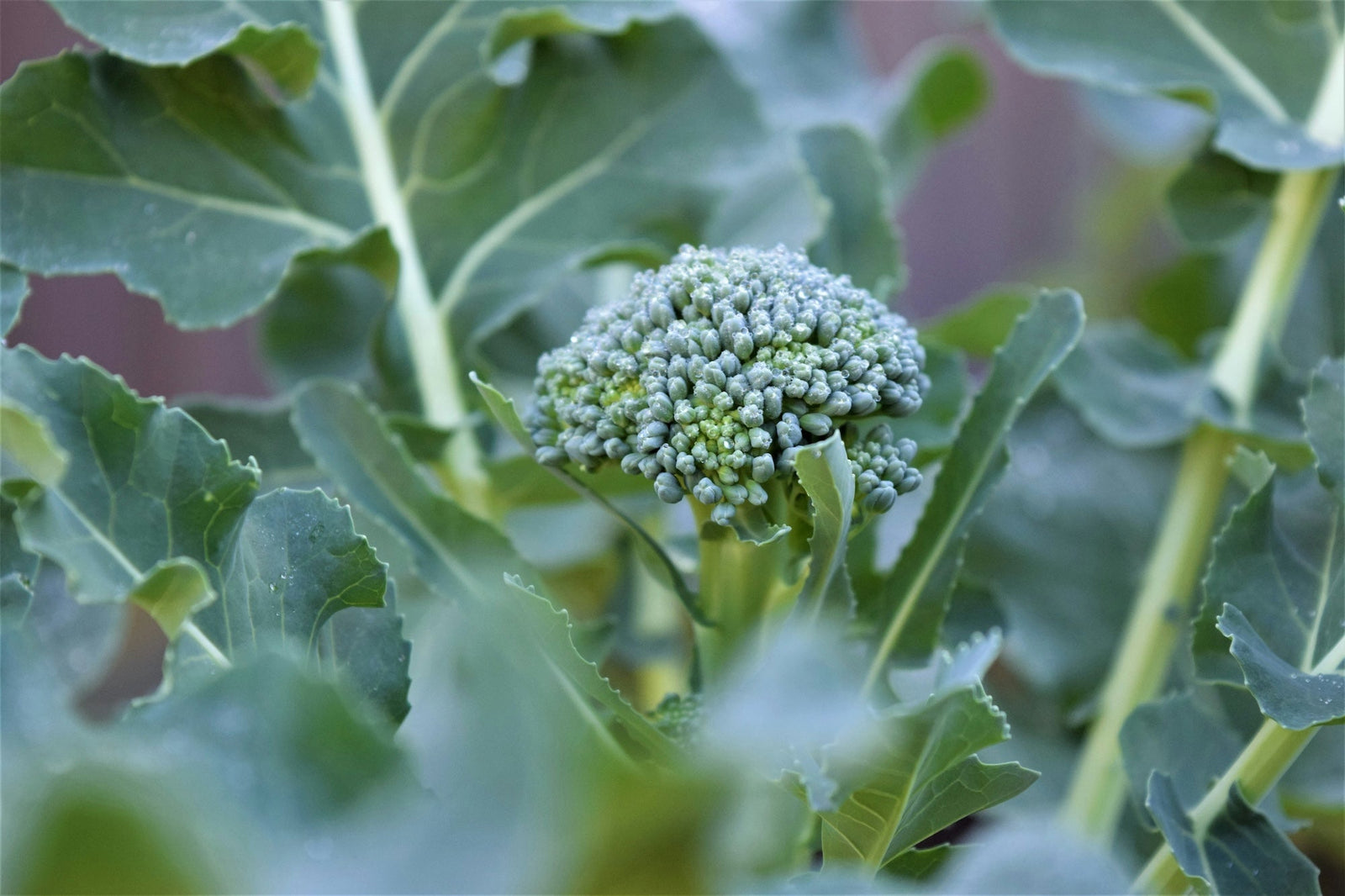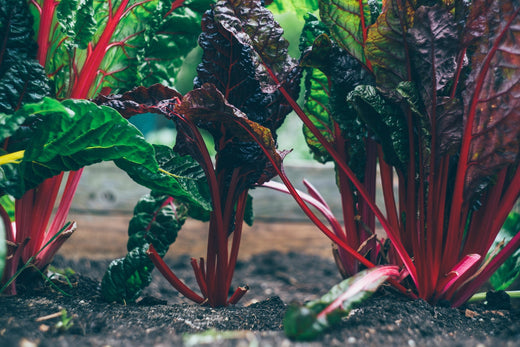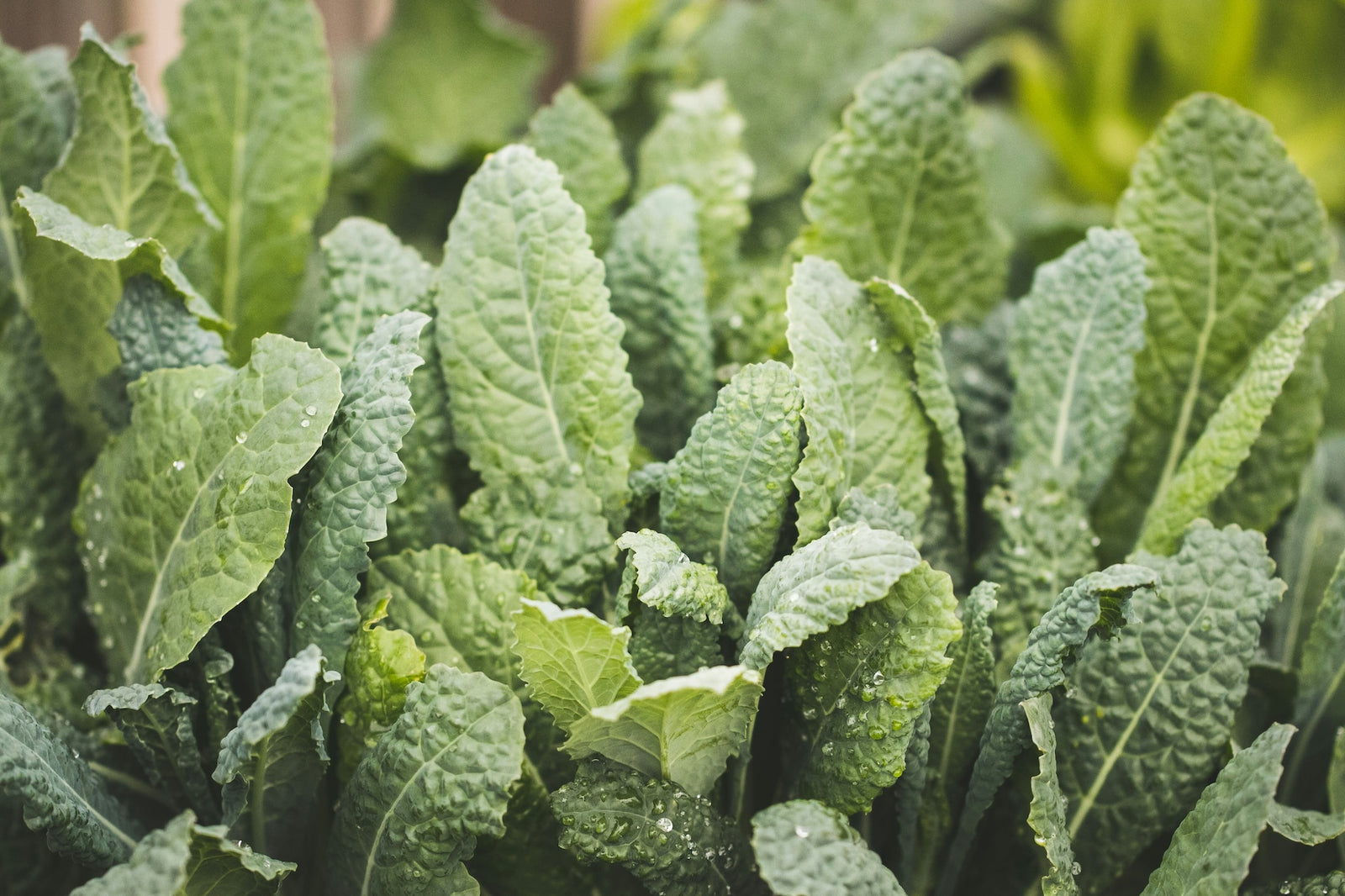
Here at Grangetto's Farm and Garden we have gardening tips specially targeted to our home here in San Diego. There is a strategic plan when it comes to the right time to plant different vegetables during each season. Making sure that your plants flourish from the time you plant them to the time you harvest them. Check out our gardening tips on how to grow vegetables in San Diego:
QUICK ANSWER
Steps to Planning a Vegetable Garden in San Diego:
Follow these simple steps:
- Pick a sunny location, free of grass (or “free it” from the grass)
- In-Ground or Raised Bed
- Soil Preparation
- Design for Access and Convenience
- Plant Selection
- Companion Planting
- Fertilize
- Pest Management
- Mulch, Mulch, Mulch
A COMPARISON
When is the best time to Grow Vegetables in San Diego?

|
Type of Vegetable
|
Seasons |
Month to Plant
|
Maturation Time
|
| Snap Beans | Warm Season | February/March | 6 to 16 weeks |
| Lima Beans | Warm Season | February/March | 6 to 16 weeks |
| Corn | Warm Season | February/March | 6 to 16 weeks |
| Cucumber | Warm Season | February/March | 6 to 16 weeks |
| Eggplant | Warm Season | February/March | 6 to 16 weeks |
| Okra | Warm Season | February/March | 6 to 16 weeks |
| Melon | Warm Season | February/March | 6 to 16 weeks |
| Pepper | Warm Season | February/March | 6 to 16 weeks |
| Pumpkin | Warm Season | February/March | 6 to 16 weeks |
| Southern Pea | Warm Season | February/March | 6 to 16 weeks |
| Squash | Warm Season | February/March | 6 to 16 weeks |
| Sweet Potato | Warm Season | February/March | 6 to 16 weeks |
| Tomato | Warm Season | February/March | 6 to 16 weeks |
| Beet | Cool Season | September/October | 6 to 12 weeks |
| Broccoli |
Cool Season
|
September/October | 6 to 12 weeks |
| Brussel Sprout | Cool Season | September/October | 6 to 12 weeks |
| Cabbage | Cool Season | September/October | 6 to 12 weeks |
| Cauliflower | Cool Season | September/October | 6 to 12 weeks |
| Kale | Cool Season | September/October | 6 to 12 weeks |
| Celery | Cool Season | September/October | 6 to 12 weeks |
| Cress | Cool Season | September/October | 6 to 12 weeks |
| Collard | Cool Season | September/October | 6 to 12 weeks |
| Edible-Pod Pea | Cool Season | September/October | 6 to 12 weeks |
| Endive | Cool Season | September/October | 6 to 12 weeks |
| English Pea | Cool Season | September/October | 6 to 12 weeks |
| Lettuce | Cool Season | September/October | 6 to 12 weeks |
| Onions | Cool Season | September/October | 6 to 12 weeks |
| Mustard Greens | Cool Season | September/October | 6 to 12 weeks |
| Parsnips | Cool Season | September/October | 6 to 12 weeks |
- Warm Season Vegetables: Start in early spring after frost has passed. You can start planting seeds indoors as early as February and sow directly into the ground or use starter plants in late February or early March. The following need 6 to 16 weeks of warm weather to mature, depending on the vegetable.
- Cool Season Vegetables: Start to plant your seeds in early fall as soon as the soil can be cultivated or worked up, or in late summer for a fall garden. Start seeds as early as September and plant directly into the ground in early October. The following need 6 to 12 weeks of cool weather to develop.
HOW TO GROW ORGANIC VEGETABLES 101
Tips to Grow Organic Vegetables in San Diego
Organic gardening can be a contribution to the quality of the environment. If you are a vegetable gardener, it is also a contribution to the quality and safety of your edibles. The organic gardener will practice the most environmentally safe methods when approaching their vegetable garden in San Diego.

SOIL PREPARATION
After selecting a location to plot your vegetable garden, no matter where it lays (soil, sand, or anything in between), supplement native soil with an organic compost soil amendment containing mycorrhizae and fortified with nitrogen and iron. Shovel the mix in these amendments and level out the soil.
- Compost Pile: Gardeners like to maintain a compost pile. Composting, done properly, is an excellent product to enhance the soil and thereby improve plant health.
- Manure: Gardeners like to use manure as a portion of this soil amending process. If that is your choice, make sure that you do this a month or so ahead of planting the garden, and water thoroughly.
Choose what method works best for you.
FERTILIZING
Fertilizing can sometimes seem complicated. The three most important nutrients for healthy plants are N-P-K or nitrogen, phosphorus and potassium.
- Nitrogen is necessary for healthy, green plant foliage growth.
- Phosphorus is needed for the plant’s root, flower, and eventual fruit (veggie) growth.
- Potassium is necessary for overall healthy plants through good root growth and fruit production.
All of these nutrients are in your soil naturally. Depending upon your soil type, they may be in balance or they may not. You could have your soil tested for nitrogen, phosphorus, potassium (NPK), and other minerals to determine whether you have any deficiencies at all.
ORGANIC PEST CONTROL
Are there unwanted visitors in your garden? Time to apply good IPM (Integrated Pest Management) practices, using organic fertilizers and resistance to applying herbicides (for weed killing). Integrated Pest Management, or IPM, is the approach to pest control that requires regular monitoring of your garden to determine if and when treatments are needed.
Classic organic gardening pest management employs simple, completely non-toxic techniques such as hand-picking, hand removal, water blastoffs, and more of the removal of:
- tomato hornworm
- leaf-miners
- squishing snails
- aphids
- cabbage moths

HOW TO HARVEST VEGETABLES
WHEN TO HARVEST VEGETABLES IN SAN DIEGO
When is the right time to harvest vegetables? One of the most common mistakes made by growing vegetables is harvesting the crop at the wrong time. Since ripeness varies according to planting time, the weather in any given year, the variety of the particular vegetable planted, and many other things.
More Resources:
PLANNING A VEGETABLE GARDEN



